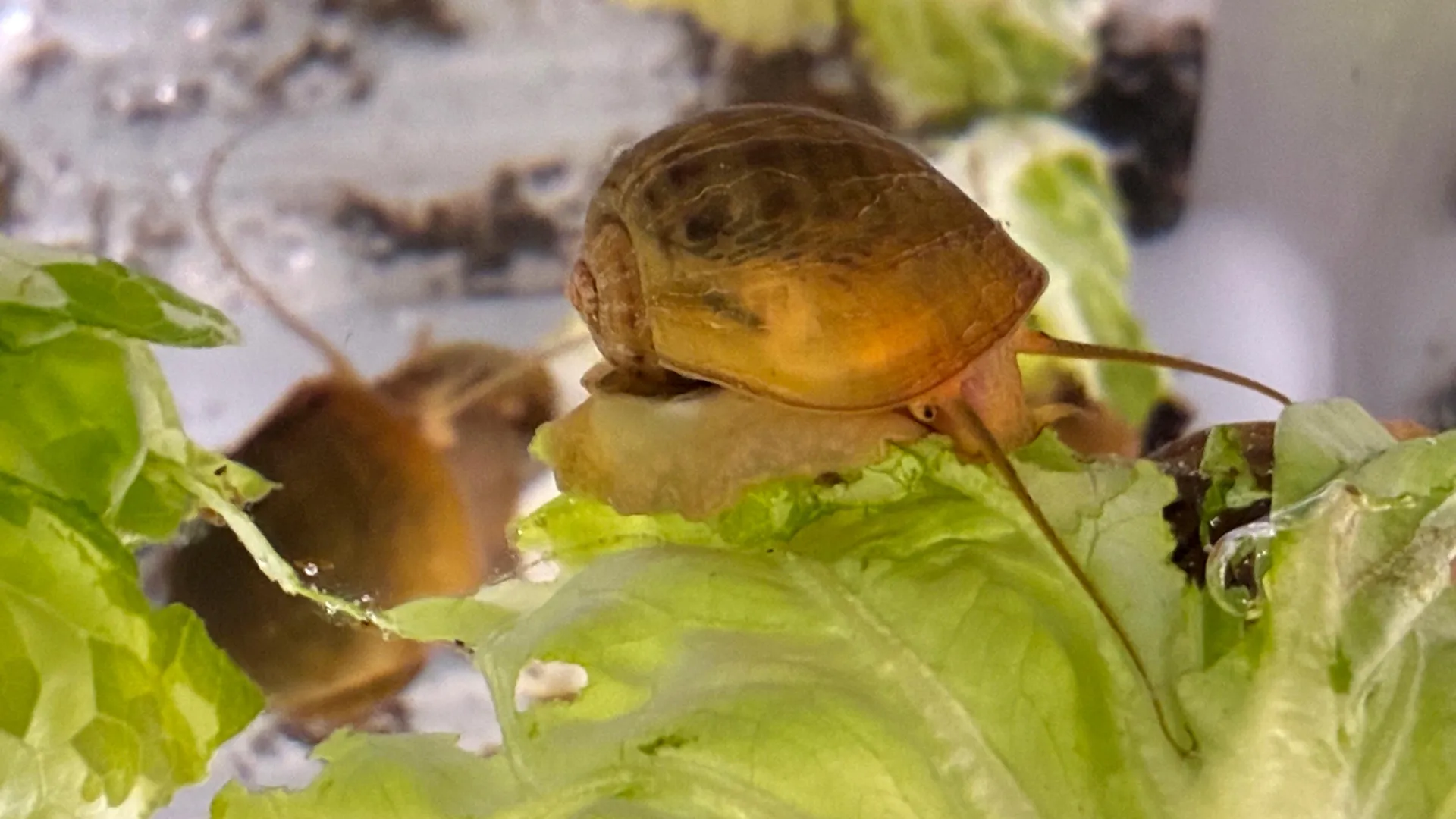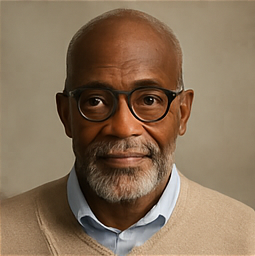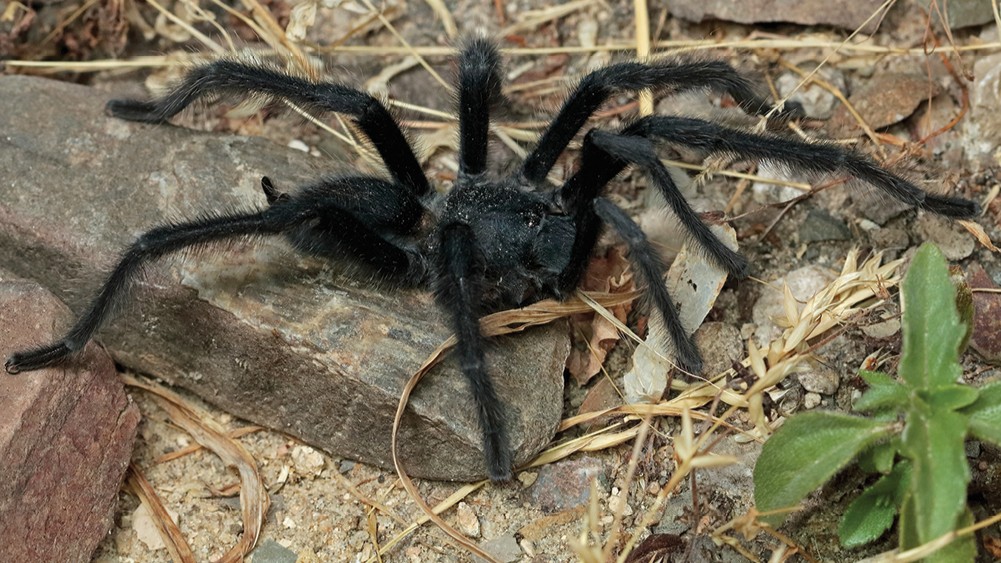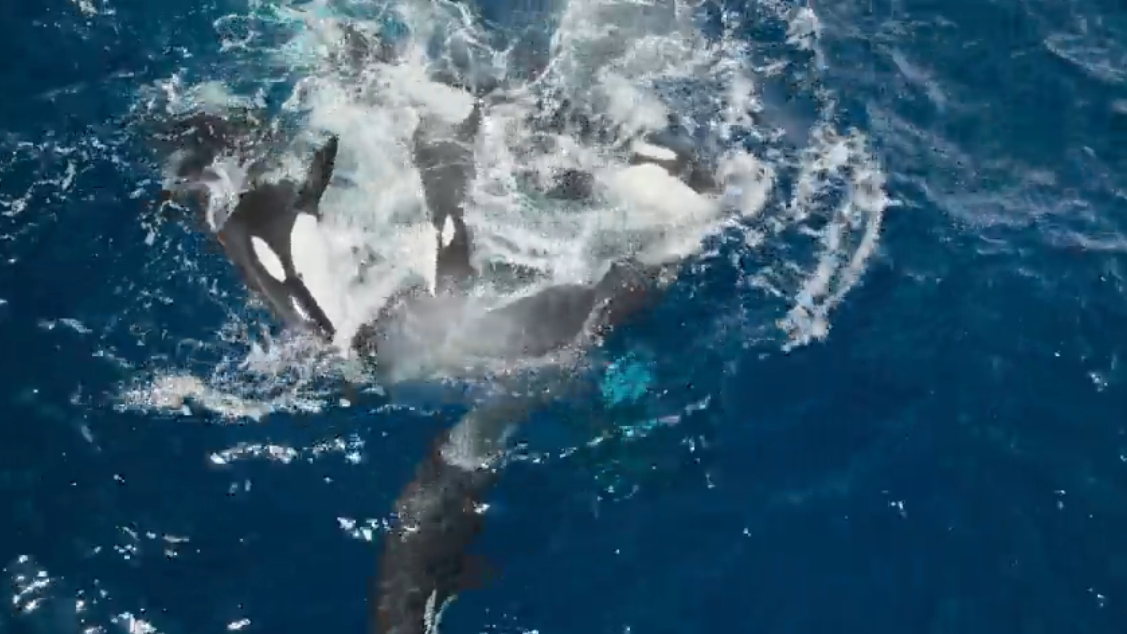Can Snails Help Humans Regrow Their Eyes? Discover This Shocking Breakthrough!

What if I told you that some snails can regrow their eyes, while humans are stuck with the ones we have? Sounds like something out of a sci-fi novel, right? But this is real life, and researchers are making groundbreaking strides in understanding how these incredible creatures might help us unlock the secrets of eye regeneration!
Meet Alice Accorsi, an assistant professor of molecular and cellular biology at the University of California, Davis. She’s on a mission to study the golden apple snail—an unassuming freshwater snail that has the amazing ability to regenerate its eyes. The goal? To one day help restore vision in people who have suffered eye injuries. In a recent study, published on August 6 in Nature Communications, Accorsi unveiled fascinating similarities between apple snail eyes and human eyes, revealing a treasure trove of anatomical and genetic features shared by the two.
“Apple snails are extraordinary organisms,” Accorsi states enthusiastically. “They provide a unique opportunity to study the regeneration of complex sensory organs. Before this, we were missing a system for studying full eye regeneration.” Not just your run-of-the-mill snail, the golden apple snail (Pomacea canaliculata) originated from South America and has become invasive in various parts of the world. Ironically, it’s precisely this invasiveness that makes them ideal for laboratory research. “Apple snails are resilient, they reproduce rapidly, and they have plenty of offspring,” she explains.
But what makes them truly special is their “camera-type” eyes—similar to our own. While snails have been known for their regenerative capabilities for centuries, Accorsi is the first to leverage this intriguing characteristic for research purposes. “When I started reading about this, I wondered why no one was using snails to study regeneration,” she says. “We just hadn’t found the perfect snail until now.”
So, how do snails regenerate their eyes? It involves a remarkable process that takes approximately a month. First, the wound requires healing, which takes about 24 hours. Then, unspecialized cells migrate to the area and begin to specialize, forming the different structures of the eye—including the lens and retina. By around day 15 after losing an eye, all the essential components are present, including the optic nerve. Yet, the maturation process continues for several more weeks. Accorsi notes, “We don’t have conclusive evidence that they can see images, but they have all the anatomical components for forming an image.”
In this journey of discovery, Accorsi's team also explored which genes are active during eye regeneration. They found that immediately after amputation, about 9,000 genes were expressed differently than in normal adult snail eyes. After a month, 1,175 of these genes remained active, suggesting that while the eyes appear fully developed, maturation could take additional time.
To dive deeper, Accorsi employed gene-editing technology, utilizing CRISPR-Cas9 to manipulate the snails' genome. This innovative approach aimed to identify how various genes influence regeneration. For instance, they targeted the pax6 gene, known to dictate eye and brain development across various species, including humans and fruit flies. By mutating this gene, the researchers discovered that without functional pax6, apple snails develop without eyes, indicating its crucial role in eye development.
Now, Accorsi is gearing up for the next phase: testing whether pax6 also plays a role in eye regeneration. “If we identify a set of genes critical for eye regeneration that are also present in vertebrates, we could potentially activate them to enable eye regeneration in humans,” she conveys, sounding both hopeful and excited. This could indeed mark a monumental shift in our understanding of regenerative medicine.
Accorsi's research, backed by notable institutions like the Howard Hughes Medical Institute and the Stowers Institute for Medical Research, showcases not just the potential of these humble snails, but also the incredible collaboration of scientists dedicated to solving one of humanity’s greatest challenges—restoring vision.

















